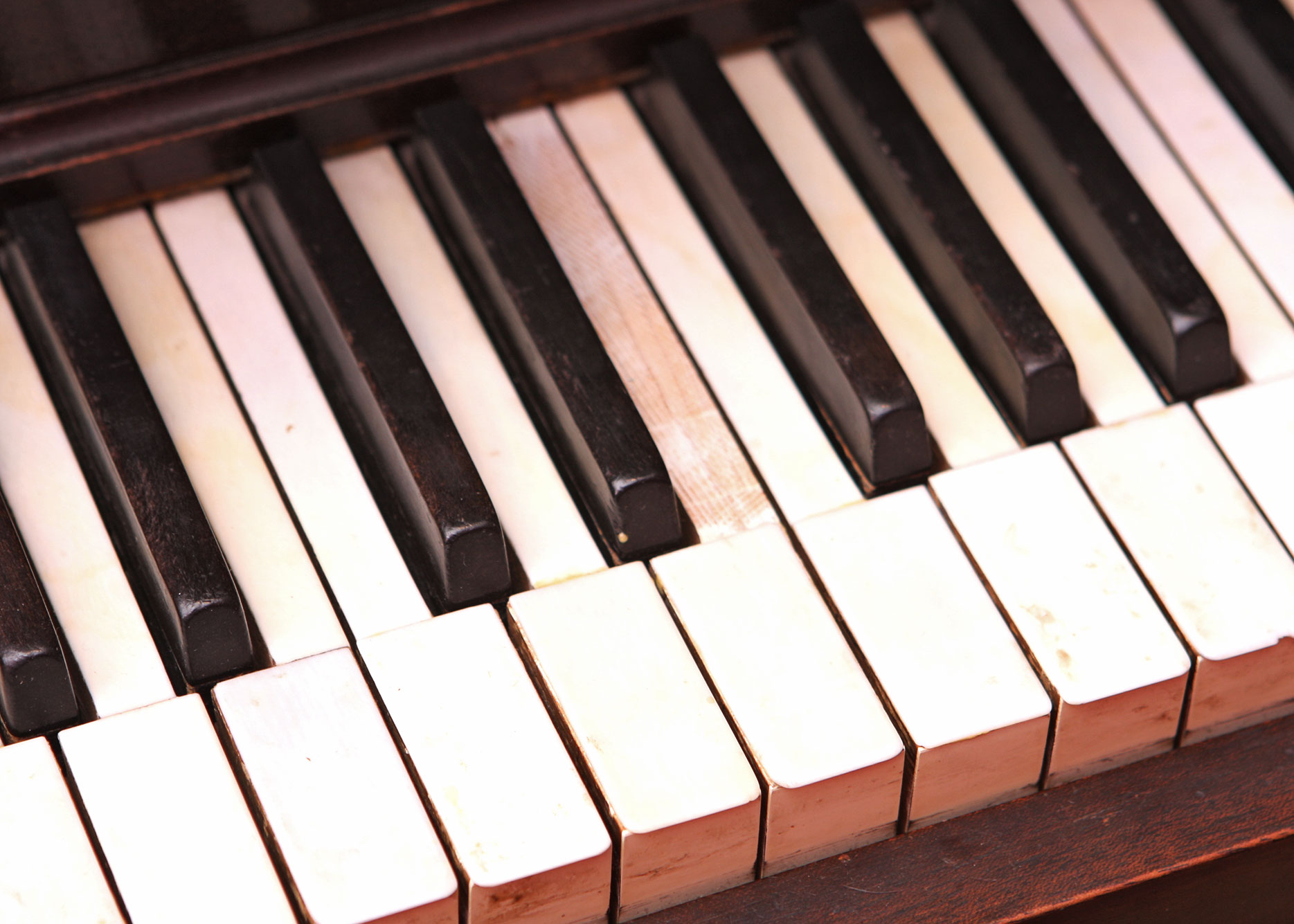

Although not many people pay attention to the concert stage, the Kimball piano is a low-cost, mid-level quality instrument that can be learned to play. They weigh approximately 550 pounds on average.ĭespite their popularity as a home entertainment system, the Kimball piano was thought to be fairly affordable at the mid-range. There are grand pianos in sizes ranging from 4 to 6 feet in length and up to 3 feet in length. The Yamaha GB1K Baby Grand Piano has the highest quality sound of any baby grand piano on the market and is the smallest and most affordable. The piano has an outline that can be seen from the tail end.
1924 kimball baby grand piano serial number#
The serial number on some Kimball pianos is sometimes hidden away on the keybed’s back edge. The number on a grand piano is sometimes engraved in the soundboard under the strings. Poor business decisions caused the company, once the country’s largest seller of piano, to decline. Door-to-door sales of their pianos were popular in the Midwest during the late twentieth century. In 1887, a five-story warehouse in downtown Kansas City was built to manufacture pianos for the company. Kimball, the piano and organ dealer founded by William Wallace Kimball, was established in 1857. To accomplish this, you should contact a local piano technician. This is an easy way to estimate the value of a piano by looking at the number of similar pianos for sale online. Because a black, glossy finish is more popular today than a wood veneer finish, it is becoming more popular in the market. The age of your Kimball piano can be determined by looking up its serial number. The majority of pianos over forty years old are not worth more than a few thousand dollars. A piano that has been meticulously maintained, as well as one that has been restored, can be worth a lot more money. Some Kimball baby grand pianos are currently selling for between $500 and $3,000. The company began manufacturing pianos in the 1800s but stopped making them in the 1990s. If the piano is in poor condition or has not been well taken care of, it will be worth less. This is based on the assumption that the piano is in good condition and has been well-maintained. Reprinted from – The Piano Book by Larry Fine.A Kimball baby grand piano is worth around $4,500 on the used market. Depreciation Schedule for Pianosĭepreciation schedule courtesy of Stephen H. For better quality pianos, or pianos that have had either very little or far too much use, the values produced this way must be adjusted accordingly. This method works fairly well for pianos of average quality which have had a normal amount of wear. There is no universally agreed-upon depreciation schedule for pianos, but one such schedule is provided below. To use it, one needs to find out how much a new piano of the same or comparable make and model would cost now, and then look up the age of the subject piano on a depreciation schedule.The percentage given represents what the piano is worth relative to the cost of a new one. This method is especially useful for appraising pianos of recent make when the models are still in production. (sometimes as much as four) the above prices.Īnother method of determining the value of a piano is called Steinway pianos usually sell for one-and-a-half to three times Piano from a technician instead of a private owner. Note: Add 10 to 30 percent (sometimes up to 50 percent) for an “equivalent” Grand, 1930-1950, better brand, good condition, 6′ Grand, 1930-1950, better brand, good condition, 5′ Knabe or Chickering),well maintained, 5’+ (has received minor repair, cleaning,etc.)Ĭonsole or spinet, 1930-1950, fair conditionĬonsole or spinet, 1950-1970, good conditionĬonsole or spinet, 1950-1970, very good condition

Upright, pre-1930, average worn condition Your local piano tuner-technician is still your best resource! Piano Values Please note that it is nearly impossible to determine the value of a piano without Fine states, this list is not complete, or universally agreed upon, but is merely a guide. This list is from “The Piano Book” by Larry Fine. In some cases, the defunct company’s design continued to be used, but most of the time, only the name lived on. The reason 1930 is the cut-off point is that during the Great Depression many piano makers, both good and bad, went bankrupt, and their names were bought up by the surviving companies. The following is a list of piano manufacturers that made highly regarded pianos pre-1930.

Conversely, a medium-grade piano in good condition may be the better investment. While the main points are still valid some of the prices will have changed.Ī good piano in poor condition is still a poor piano. Please note, this article was written back in 2009. Helping You Determine the Value of A Piano – Continued


 0 kommentar(er)
0 kommentar(er)
